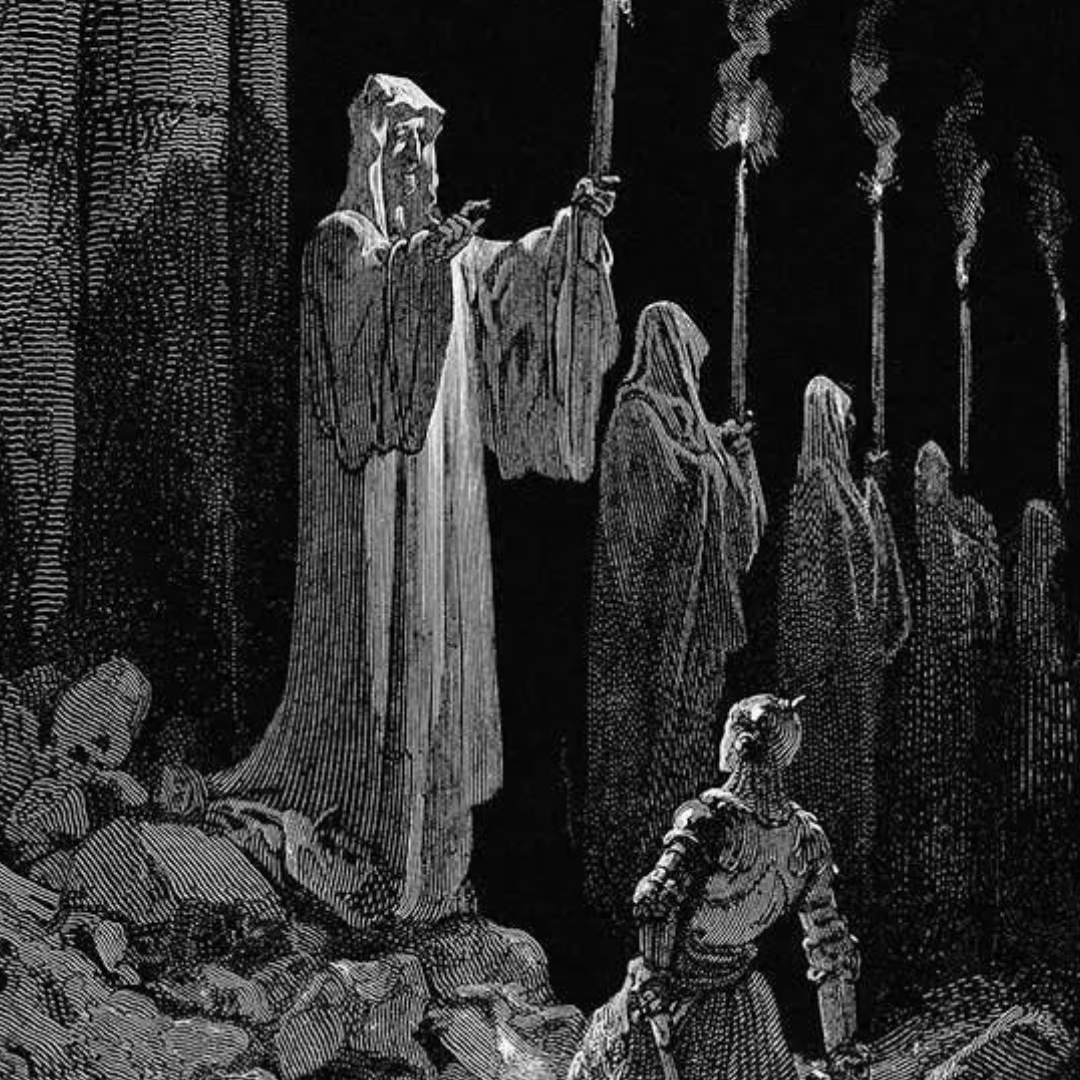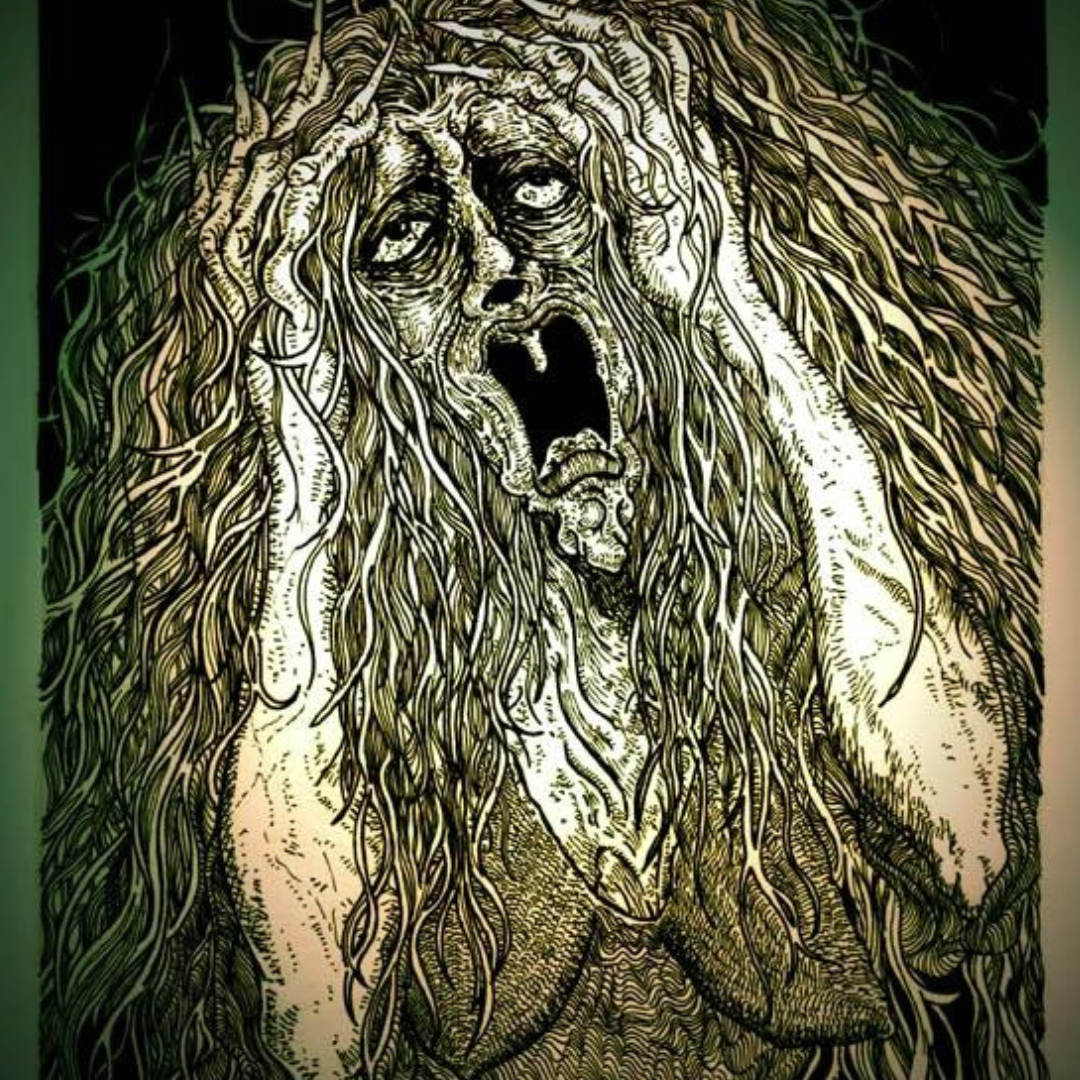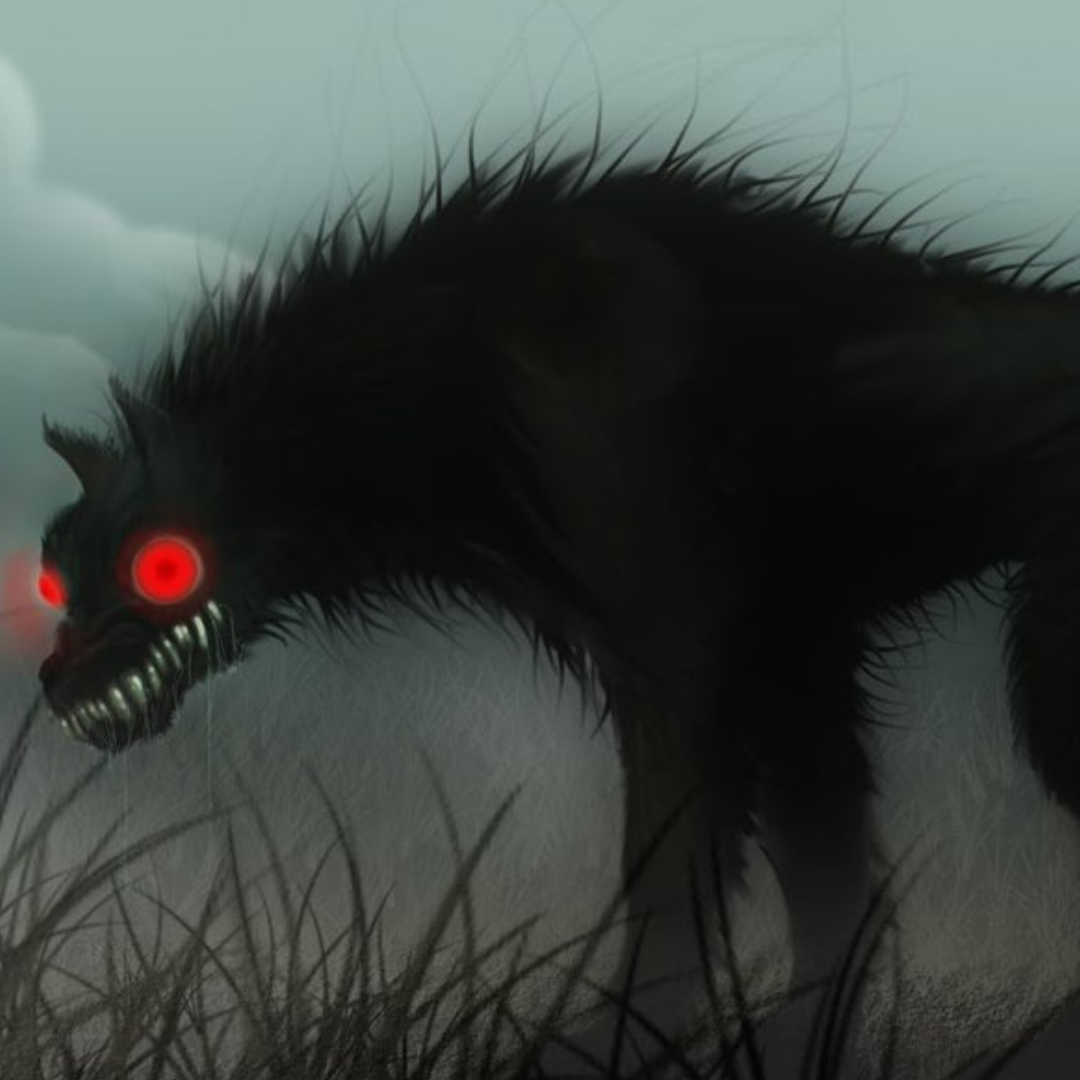It is often said that the Welsh have been unfairly associated with a morbid fascination, owing to the abundance of stories and superstitions surrounding omens of doom and portents of death that have thrived in the country. While these beliefs may have diminished in recent centuries, they remain an intriguing part of Welsh folklore. Among the captivating myths, the legend of the Cyoeraeth, meaning 'the wailing,' stands out. This supernatural being, once considered one of the most terrifying entities, was believed to bring a foreboding sense of death. Another formidable omen is the Gwrach y Rhibyn, a Welsh version of the banshee, known for its frightful appearance and ability to forecast misfortune. Additionally, the Deryn Corph, Coblynau, and Cŵn Annwn add to the rich tapestry of death omens in Wales.
The Welsh mining community, known for its arduous and perilous work underground, held strong beliefs in death omens and portents. Miners were particularly attuned to signs that foretold danger or impending doom in the depths of the mines. One such omen was the appearance of doves near a mine, which was considered a harbinger of tragedy. The sight of a crow circling above the mine was also believed to be a bad omen, signaling potential disaster. Additionally, mysterious tapping or knocking sounds heard underground were associated with the presence of supernatural beings known as Coblynau or Nocars. These mischievous creatures were believed to dwell in the mines and their presence, along with the unexplained tapping sounds, was seen as a forewarning of impending danger.
Within the fishing communities of Wales, seafaring folk held their own beliefs and superstitions surrounding death omens and apparitions. The coastal regions, with their inherent risks and perils, bred a heightened sense of awareness and caution. One prevalent omen was the sighting of phantom ships or ghostly vessels on the horizon. These spectral ships were believed to be harbingers of maritime disasters, signaling fatal shipwrecks and loss of life. Fishermen and sailors would interpret these sightings as a warning to exercise caution and delay their journeys at sea. The appearance of such phantom ships instilled a deep sense of dread and respect for the unpredictable forces of the ocean.
Moreover, the fishing communities were acquainted with the Canwyll Corph or Corpse Candles, ethereal lights that were said to follow the path of impending funerals. These mysterious lights, varying in size and brightness depending on the age or size of the soon-to-be-deceased, were believed to guide the departed souls to their final resting place. Witnessing a Canwyll Corph was regarded as a solemn reminder of mortality and served as a reminder to cherish life.
In both the mining and fishing communities, the folklore surrounding death omens and apparitions played a significant role in shaping the collective consciousness and influencing the behaviors and decisions of the individuals involved. These regional Welsh traditions highlight the unique relationship between communities and their respective livelihoods, interwoven with a profound respect for the spiritual and supernatural elements that permeated their lives.
The Cyoeraeth: A Haunting Wail:
Cyoeraeth, often referred to as the Cyhyraeth, emerges as one of the most captivating death omens in Welsh folklore. The creature's mournful moaning, usually heard from a distance, carries a sense of impending doom. The sound of the Cyoeraeth resonating along a street is believed to signify multiple impending deaths, while its presence near the sea warns of a fatal shipwreck. Encounter with the Cyoeraeth is described as terrifying, as it appears as a male or female figure with dishevelled hair, pointed black teeth, withered arms, and a bone-chilling shriek. Death typically follows in its wake, often claiming a close friend or family member rather than the witness themselves.
The Gwrach y Rhibyn: Welsh Banshee:
An equally terrifying death omen is the Gwrach y Rhibyn, a repulsive old hag resembling the Irish banshee. This malevolent entity, said to appear exclusively to those of Welsh heritage, is depicted with piercing black eyes, a flowing cape, and occasionally enormous leathery wings. Witnesses have reported hearing the Gwrach y Rhibyn beating against doors and windows, unleashing a sense of impending doom. Sightings of this ghastly figure have occurred at various locations in Wales, including Caerphilly Castle, Beaupre Castle, St. Donat's Castle, and Pennard Castle, leaving an indelible mark on local legends.
The Tolaeth: Phantom Sounds of Impending Death:
The Tolaeth, known as the Corpse Bird, is a rarely heard of death omen in Welsh folklore. Accounts of its appearance vary, with some describing it as a large, threatening black bird, while others claim it is featherless, wingless, or even completely invisible. This spectral creature is believed to manifest itself by beating its wings against locked doors and windows of the ailing. The accompanying sounds of tapping, knocking, or clicking, reminiscent of poltergeist activity, are widely recognized as ominous signs, commonly heard prior to a death. In old Welsh families, these noises are synonymous with the Tolaeth.
Welsh Hell Hounds: Cŵn Annwn and Gwyllgi:
The Cŵn Annwn, also known as the Welsh Hell Hounds, play a significant role as death omens in Welsh folklore. These spectral dogs, with their black forms and blazing red eyes, are believed to roam the land, seeking out those destined to die within the year. They have been reported prowling both during the day and at night, often ransacking a victim's house until they find their prey. Similarly, the Gwyllgi, or Dog of Darkness, is a solitary black dog often seen on desolate roads and regarded as a death omen. Its appearance mirrors that of the Cŵn Annwn and is accompanied by stories of impending doom.
Conclusion:
Welsh death omens and apparitions have woven a captivating tapestry of folklore and superstition throughout the centuries. From the mournful wail of the Cyoeraeth to the terrifying presence of the Gwrach y Rhibyn and the ethereal manifestations of the Tolaeth, these legends have left an indelible mark on Welsh culture. The presence of the Cŵn Annwn and Gwyllgi, the Welsh Hell Hounds, further intensifies the air of foreboding surrounding death and mortality. These tales remind us of the deep-rooted beliefs and supernatural encounters that have shaped Welsh traditions, captivating the imagination of generations and preserving the mysterious connection between the mortal world and the realm beyond.
To listen to Dr Delyth Badder sharing her knowledge and insight into Welsh death omens and apparitions then you can do so here
To order the Book by Dr. Delyth Badder click here
This page contains affiliate links. If you click an affiliate link and make a purchase, Haunted History Chronicles will earn a small commission for the referral at no cost to you. I am a participant in the Amazon Services LLC Associates Program, an affiliate advertising program designed to provide a means for us to earn fees by linking to Amazon.com and affiliated sites.
This page contains affiliate links. If you click an affiliate link and make a purchase, Haunted History Chronicles will earn a small commission for the referral at no cost to you. I am a participant in the Amazon Services LLC Associates Program, an affiliate advertising program designed to provide a means for us to earn fees by linking to Amazon.com and affiliated sites.






















